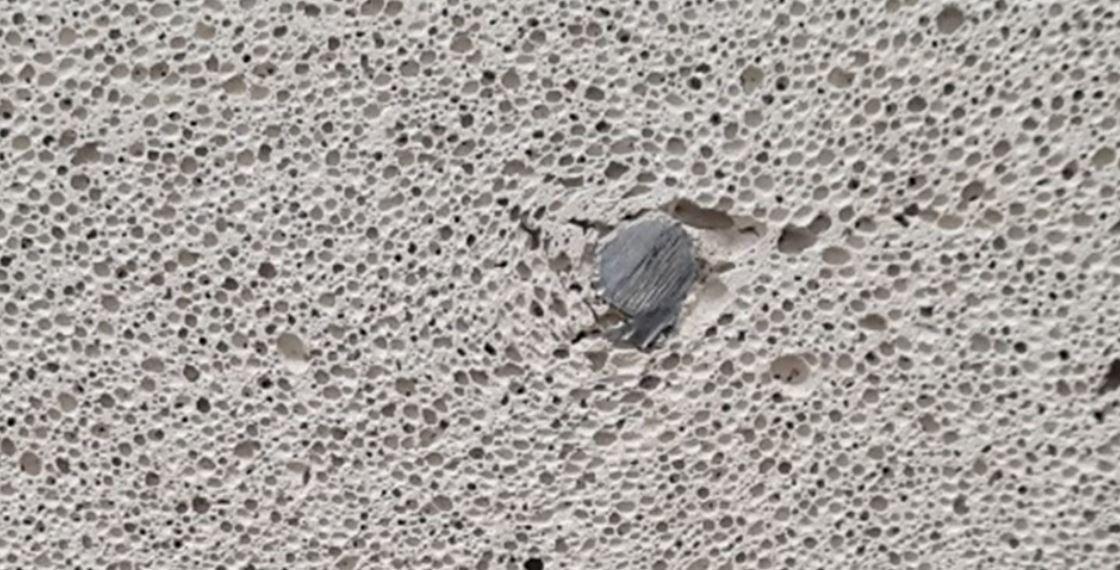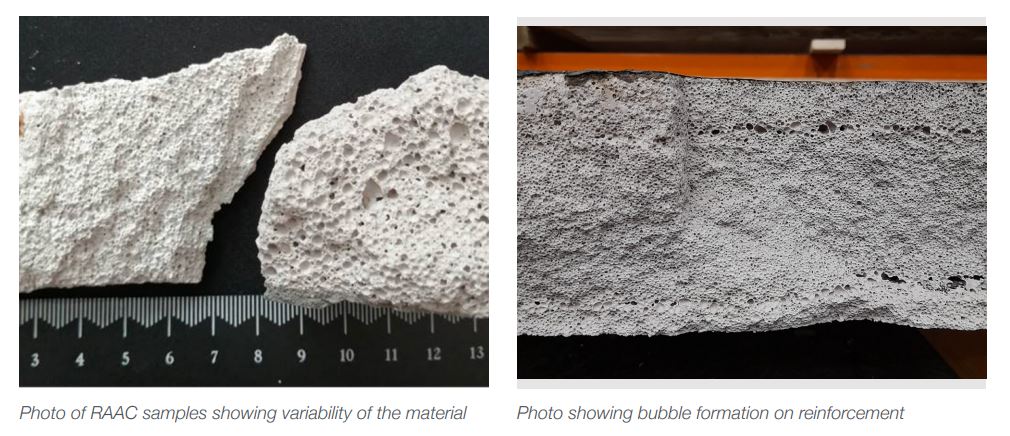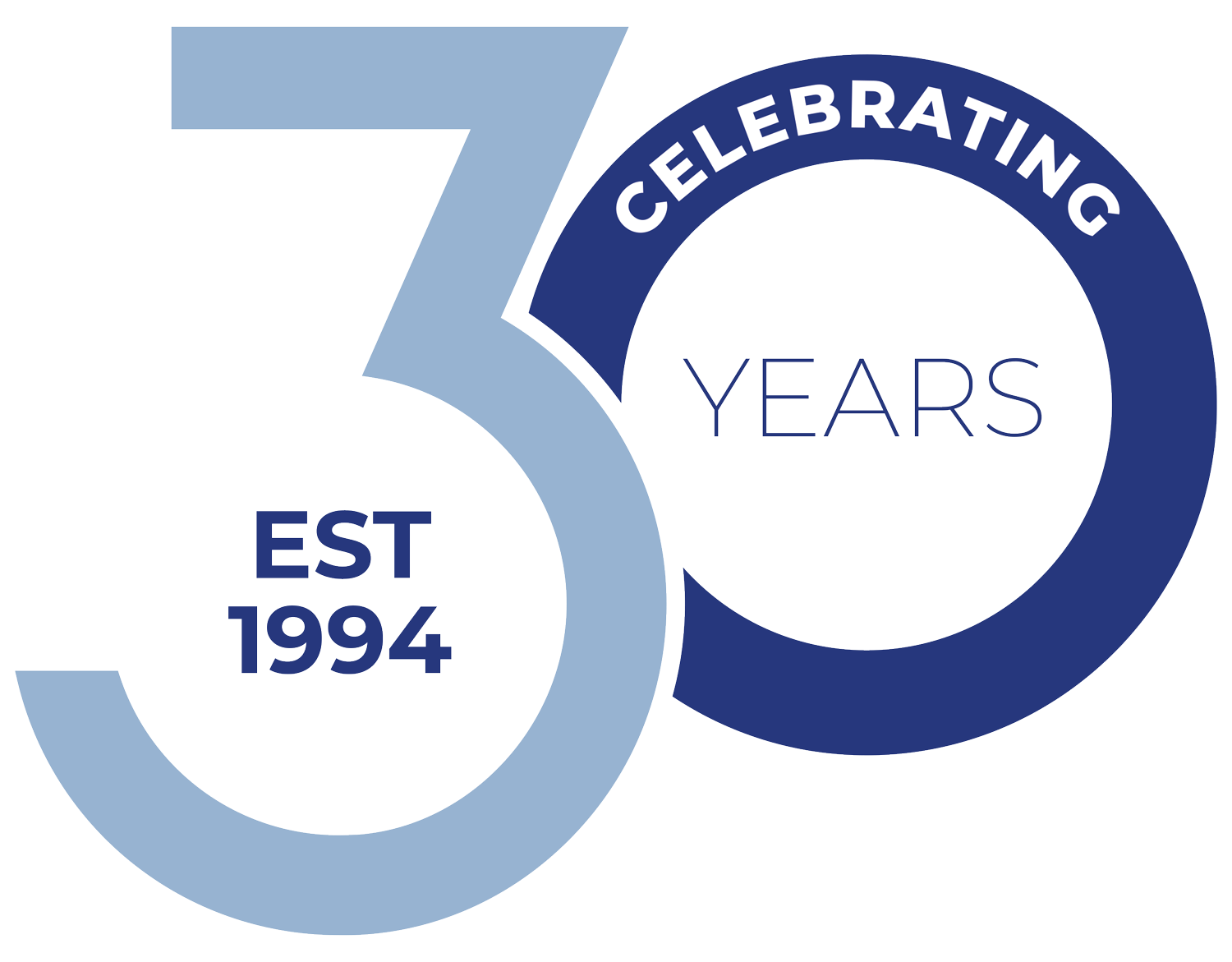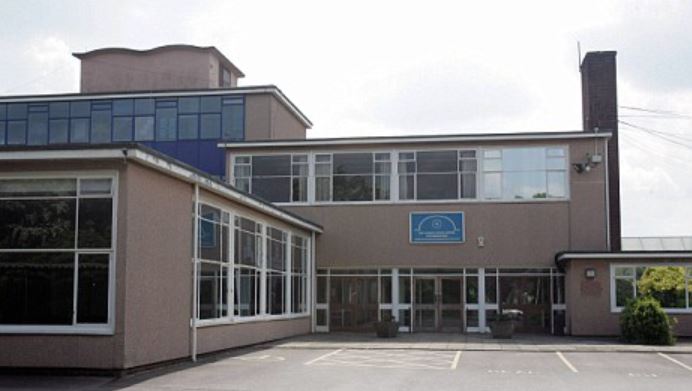Introduction
RAAC Inspections – Key Actions for Buiding Owners
Building owners play a pivotal role in ensuring the safety and structural integrity of their properties. In buildings constructed between the 1960s and mid-1990s, concerns may arise regarding the use of Reinforced Autoclaved Aerated Concrete (RAAC).
To address these concerns and promote building safety, we have outlined key actions that building owners should follow. These steps will help identify, assess, and find solutions for any RAAC-related issues that may exist within their properties.

RAAC Concrete. Image credits: Loughborough University
Step 1: RAAC Identification
The initial step in addressing RAAC related concerns is to determine whether RAAC materials were used in the construction of your building. Here are some ways to go about it:
- In-House Expertise: Experienced estate or maintenance managers and building owners can begin the identification process by consulting existing documentation and plans.
- Refer to the Department of Education Guide: to understand how to identify Reinforced Autoclaved Aerated Concrete (RAAC).
- Professional Assistance: Seek professional help if uncertainty remains. Proficient structural engineers or surveyors can identify RAAC presence.

RAAC Concrete. Image credits: IstructE
Step 2: RAAC Assessment
Once RAAC presence has been confirmed, the next step is to assess the extent of risk and the need for immediate remedial action.
- Competent Assessors: IStructE Chartered and Associate-Members can evaluate the structural integrity and potential risks associated with RAAC.
- List of Experienced Engineers: Find qualified structural engineers with RAAC expertise through IStructE’s list of experienced professionals.
- Detailed Site Inspection: Conduct a thorough assessment, including a detailed site inspection.
Step 3: Solutions to RACC concerns
After a comprehensive assessment, competent structural engineers will propose necessary remedial works, if any, to address the RAAC-related concerns.
Conclusion
Ensuring the safety of buildings with RAAC is a shared responsibility. By following these key actions, you can effectively address RAAC-related issues and safeguard the structural integrity of your building. Safety should always be the top priority when managing and maintaining buildings, contributing to the long-term durability and sustainability of our built environment.
Need Help?
Contact one of our Structural Engineers today for an initial consultation and to arrange a survey.
Contact meClick here to read our next Blog post “RAAC Panels the Silent Threat Lurking Above”


